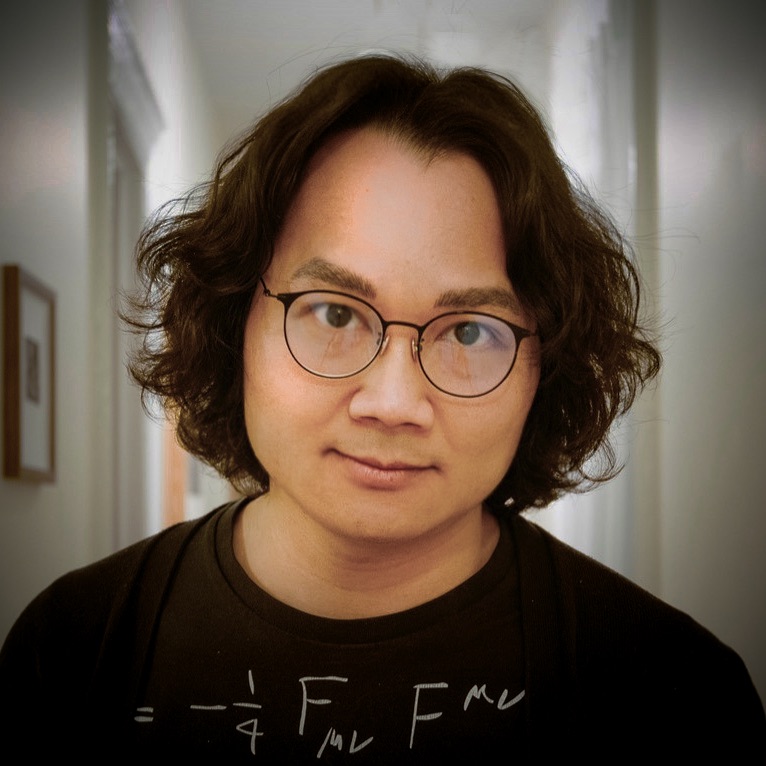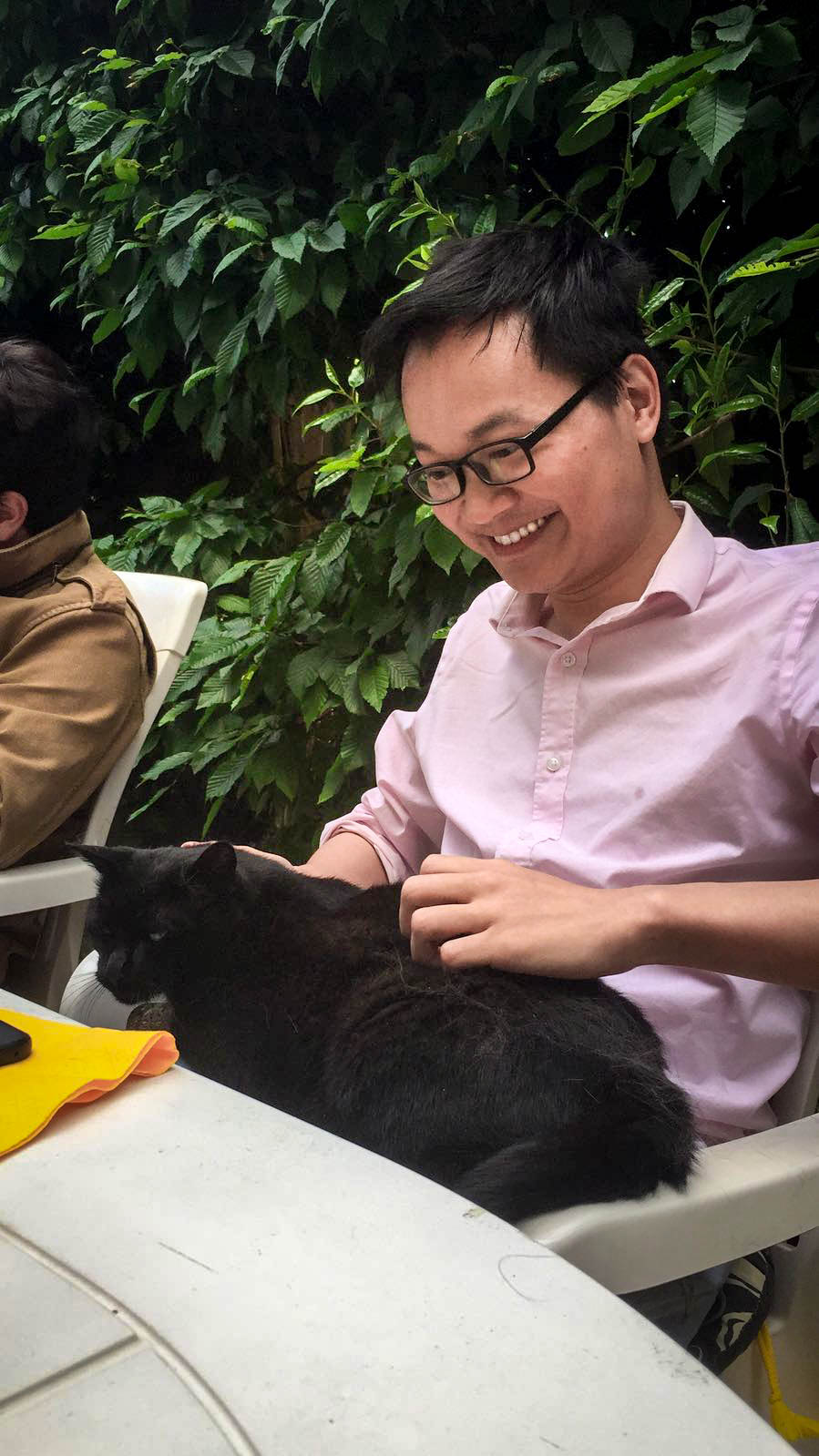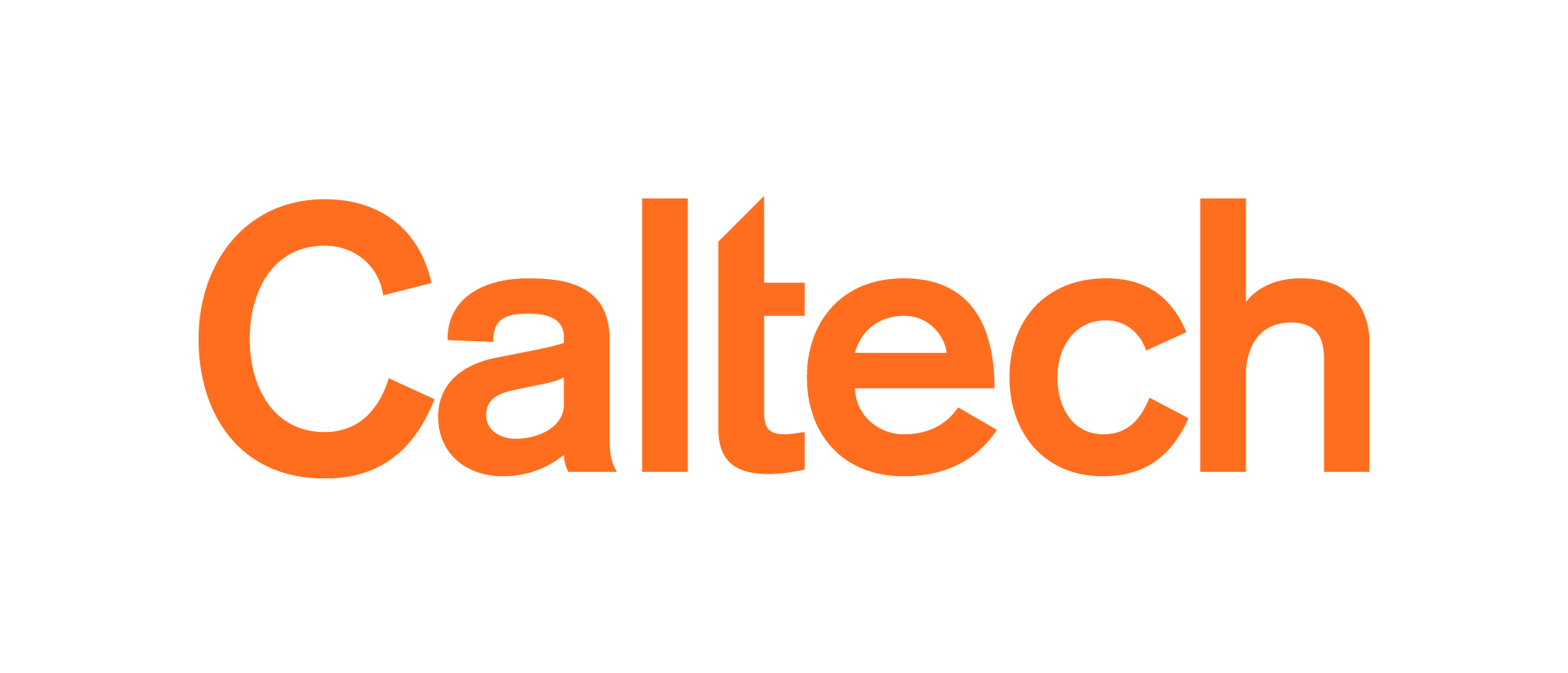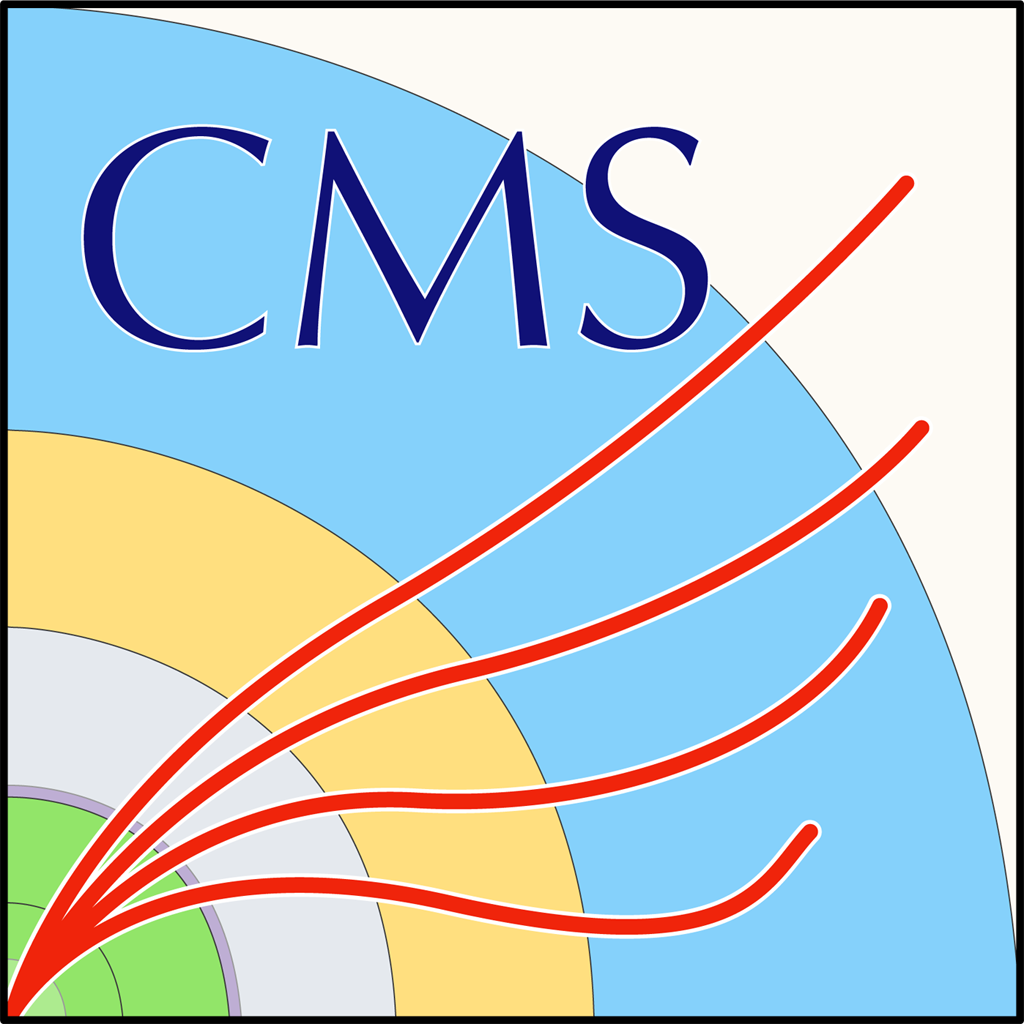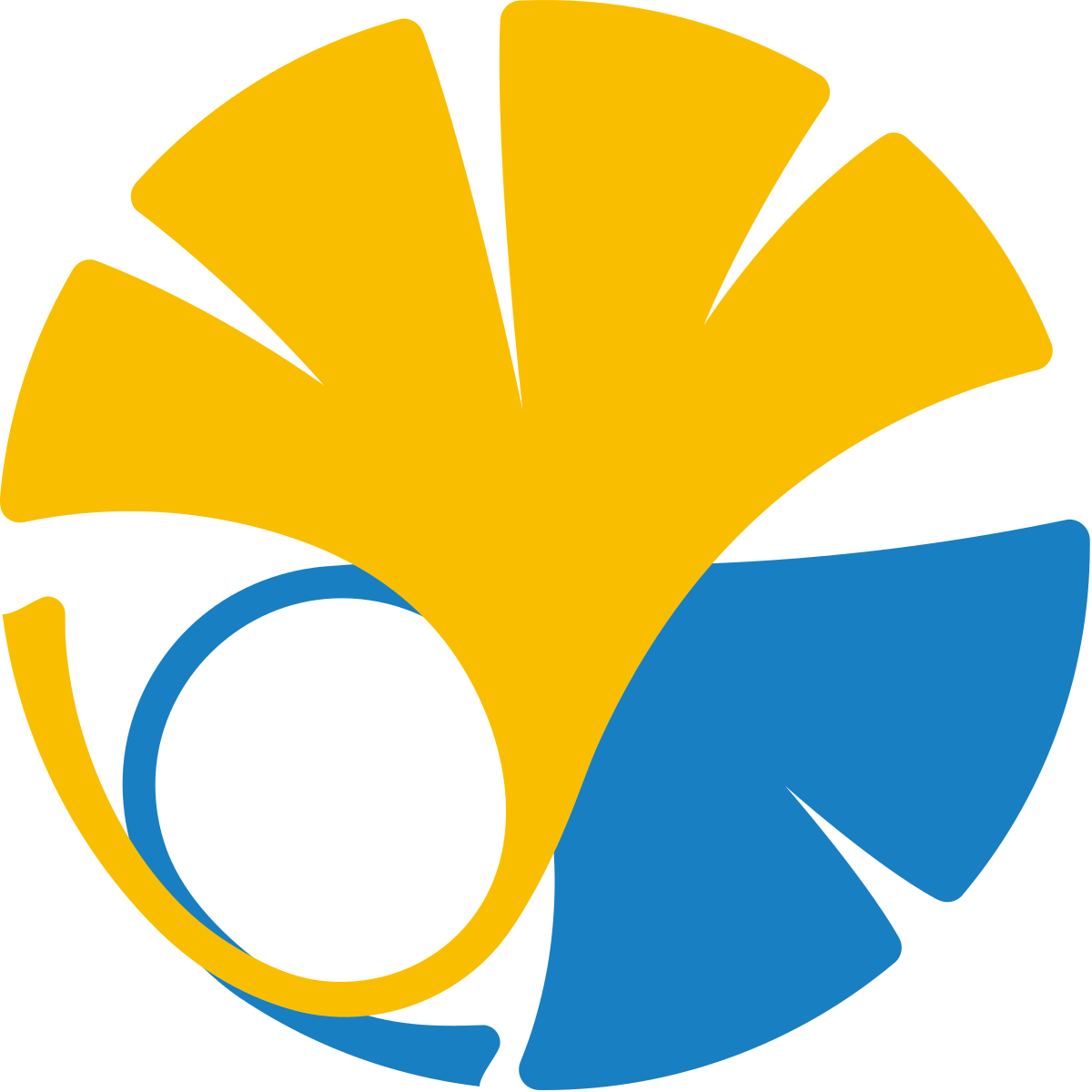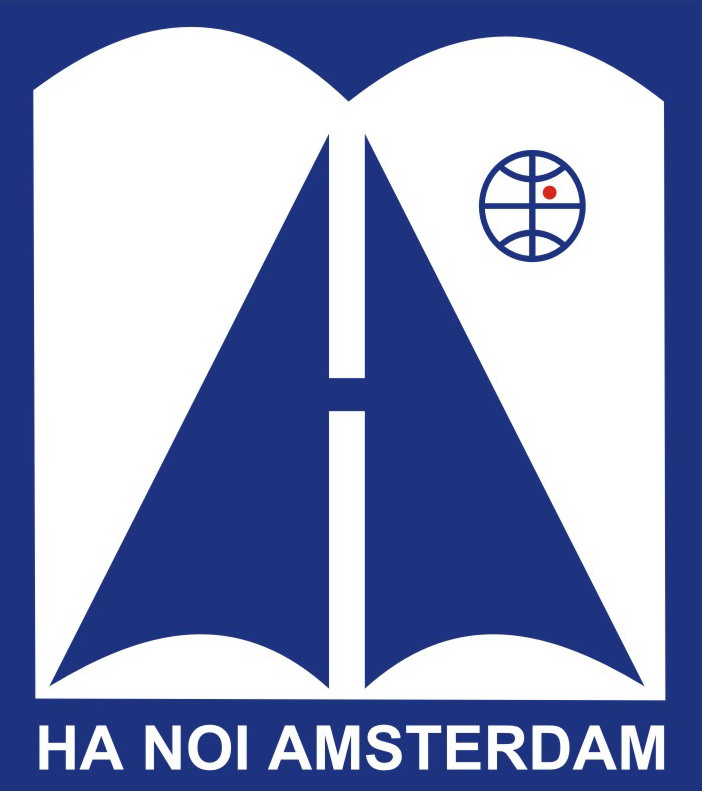About Me
I am a scientist at Microsoft. I leverage machine learning to transform the Office suite into an intelligent ecosystem that learns from trillions of user interactions to understand user behaviors and boost their productivity. I co-created and led the development of the LLM orchestrating system for Microsoft 365 Copilot in Office.
Prior to Microsoft, I obtained a PhD in Particle Physics at Caltech, advised by Maria Spiropulu. My experimental research included the physics of the Higgs boson, supersymmetry and dark matter searches at the Large Hadron Collider (LHC).
As a former member of the Machine Learning for Particle Physics group at CERN, led by Maurizio Pierini, I focused on using machine learning techniques to extend the discovery reach of the LHC physics program and to deliver solutions that address the big challenges that High Energy Physics will face in the next decade.
I introduced and developed various algorithms to be used at the LHC experiments—such as the first anomaly detector based on autoencoder to catch New Physics events at the collider, the topology classifer to improve the efficiency of real-time event selection system that can reduce the false-positive rate by more than one order of magnitude while retaining 99% of the signal, or the graph interaction network for jet physics that improved upon the existing state-of-the-art algorithm by 4 times. I have been invited to deliver a number of lectures and tutorials, primarily on machine learning in high energy physics, at CERN and around Europe.
My physics analysis paved the way to the world's most stringent constraints on double-Higgs production's cross section that can be used to probe the metastability of the universe. At CERN, I led a team of 6 to 8 physicists and IT professionals to manage the production workflows of data processing over the worldwide LHC computing grid, consisting of ∼80 computing centers in 5 continents. For this work, I was nominated and selected for the 2019 Achievement Award by the CMS collaboration at CERN.
I was also a former intern at Microsoft and a former AI resident at X, Google's moonshot factory. Prior to my PhD, I did particle physics research with groups led by Joseph Izen (UT Dallas), Hiroaki Aihara (University of Tokyo), and Klaus Eitel (Karlsruhe Institute of Technology).
Papers
Selected Publications:
- E Govorkova, TQ Nguyen et al., Autoencoders on field-programmable gate arrays for real-time, unsupervised new physics detection at 40 MHz at the Large Hadron Collider. Nature Machine Intelligence 4, 154–161 (2022).- C Cheng, TQ Nguyen et al. Analysis-Specific Fast Simulation at the LHC with Deep Learning. Comput Softw Big Sci 5, 15 (2021).
- EA Moreno, TQ Nguyen et al. JEDI-net: a jet identification algorithm based on interaction networks. Eur. Phys. J. C 80, 58 (2020).
- KA Wozniak, TQ Nguyen et al. New Physics Agnostic Selections For New Physics Searches. 24th International Conference on Computing in High Energy and Nuclear Physics (2020).
- TQ Nguyen, D Weitekamp, D Anderson et al. Topology Classification with Deep Learning to Improve Real-Time Event Selection at the LHC. Comput Softw Big Sci 3: 12 (2019) · Deep Learning for Physical Sciences Workshop, NeurIPS 2017 [ePDF].
- EA Moreno, TQ Nguyen et al. Interaction networks for the identification of boosted H→bb decays. Phys. Rev. D 102, 012010 (2020) · Machine Learning and the Physical Sciences Workshop, NeurIPS 2019.
- O Cerri, TQ Nguyen et al. Variational Autoencoders for New Physics Mining at the Large Hadron Collider. J. High Energ. Phys. (2019) 2019: 36.
- J Arjona Martinez, TQ Nguyen et al. Particle Generative Adversarial Networks for full-event simulation at the LHC and their application to pileup description. 19th International Workshop on Advanced Computing and Analysis Techniques in Physics Research (2019).
- J-R Vlimant, TQ Nguyen et al. Large-Scale Distributed Training Applied to Generative Adversarial Networks for Calorimeter Simulation. 23rd International Conference on Computing in High Energy and Nuclear Physics (2018).
The complete list of my publications is available on my Google Scholar profile .
Talks
Invited Lectures and Tutorials
- 2023/06: Training and Finetuning Large Language Models with DeepSpeed on Azure Machine Learning. Microsoft Machine Learning, AI, and Data Science (MLADS) Conference. Redmond, WA.- 2019/07: Autoencoders for Jet Physics. 1st Real Time Analysis Workshop. Orsay, France.
- 2019/06: PyTorch Tutorial. 3rd CMS Machine Learning Workshop. CERN, Switzerland.
- 2019/03: PyTorch for HEP-ML Research. CMS Experiment Group Meeting. CERN, Switzerland.
- 2019/02: Lectures on Machine Learning. VBSCan COST Network Training Event. Ljubljana, Slovenia.
- 2019/01: Machine Learning in Physics Analysis. CMS Data Analysis School. Pisa, Italy.
- 2018/07: PyTorch Tutorial. CMS Machine Learning Workshop. CERN, Switzerland.
Seminars, Conferences, and Workshops
- 2023/06: Natural Language Commanding for Program Synthesis. Microsoft Machine Learning, AI, and Data Science (MLADS) Conference. Redmond, WA.- 2019/12: Interaction networks for the identification of Higgs boson decays to bottom quark-antiquark pairs. NeurIPS 2019 Machine Learning and the Physical Sciences Workshop. Vancouver, Canada.
- 2019/11: Interaction networks for jet characterisation at the LHC. CHEP 2019. Adelaide, Australia.
- 2019/11: MPI-based tools for large-scale training and optimization at HPC sites. CHEP 2019. Adelaide, Australia.
- 2019/11: New-Physics agnostic searches for New Physics. CHEP 2019. Adelaide, Australia.
- 2019/08: Variational Autoencoders for New Physics Mining at the Large Hadron Collider. LeptonPhoton 2019. Toronto, Canada.
- 2019/03: Deep Learning for Future Triggers in HEP Experiments. Level-1 Trigger Algorithms Workshop at CIEMAT. Madrid, Spain.
- 2019/03: Recurrent GANs for Particle-Based Simulation at the LHC. ACAT 2019. Saas Fee, Switzerland.
- 2019/03: Generative Adversarial Networks for Fast Simulation: Generalisation and Distributed Training in HPC. ACAT 2019. Saas Fee, Switzerland.
- 2019/03: Tagging Higgs Bosons at the LHC with Interaction Networks. ACAT 2019. Saas Fee, Switzerland.
- 2019/03: Variational Autoencoders for New Physics Mining at the Large Hadron Collider. ACAT 2019. Saas Fee, Switzerland.
- 2018/12: New Physics Mining with Deep Learning at the LHC. Fermilab Machine Intelligence Seminar. Batavia, Illinois, USA.
- 2018/07: CMS Workflow Failures Recovery Panel, Towards AI-assisted Operation. CHEP 2018. Sofia, Bulgaria.
- 2018/07: Topology Classifiers for High-Level Trigger Cleanup. CMS Machine Learning Workshop. CERN, Switzerland.
- 2017/12: Deep topology classifiers for a more efficient trigger selection at the LHC. NeurIPS 2017 Deep Learning for Physical Sciences Workshop. Long Beach, CA.
Awards
- Google Spot Bonus Award, For notable performance during the AI residency at X, 2021
- CMS Achievement Award, For outstanding contribution to the CMS collaboration at CERN, 2019
- Texas Ballroom Austin Open, First place in International Bronze Tango and Second place in International Bronze Waltz ballroom competitions, 2015
- FUTI Global Leadership Award, Selected as one of the top 4 undergraduate students in the US to conduct research at UTokyo, 2014
- Julia Williams Van Ness Merit Scholarship, Awarded to the most outstanding undergraduate in the School of Natural Sciences and Mathematics (UT Dallas), 2014
- RISE Scholarship, Awarded by the German Academic Exchange Service (DAAD) to conduct research in Germany, 2013
- Undergraduate Research Scholar Award, In recognition of outstanding undergraduate researchers at UT Dallas, 2013
- Phi Kappa Phi, A national honor society exclusive to the top 5% of the class, 2013
- Academic Excellence Scholarship, A merit-based, full-ride scholarship for 4 years of studies at UT Dallas, 2011
Miscellaneous
- Symmetry Magazine wrote an article about my search for double Higgs boson at the LHC, where I made a remark about false vacuum decay leading to the end of the universe via bubble nucleation. This is a well-known prediction in cosmology, but apparently it sounded disturbing enough that the editors had to put in an extra note to assure readers that this won't happen soon.
- Vietnam News wrote an article about me when I was young and passionate about studying the universe. I am still passionate, just not that young anymore. And AI got me.
- Here is a similar article in Vietnamese by VnExpress, but I talked a bit more about my background and family. It went quite viral at the time.
- I used to compete in ballroom dance (International Standard) during high school and college.
- When I applied to college, I was determined to become an architect (I even had a portfolio of my drawings and design works). After a few life events, I found out being a scientist with engineering skills and artistic hobbies was an optimal solution to maximize happiness given all of my other constraints.
Timeline
Work
Machine Learning Scientist - Microsoft
Nov 2021 - presentGraduate Researcher - Caltech
Jul 2015 - Sep 2021AI Resident - Google X
Sep 2020 - Mar 2021Machine Learning Scientist Intern - Microsoft
Jun 2020 - Sep 2020Data Production & Reprocessing Group Manager - CMS Collaboration, CERN
Apr 2017 - Nov 2019Research Intern - University of Tokyo
Jun 2014 - Jul 2014Research Intern - Karlsruhe Institute of Technology
May 2013 - Aug 2013Teaching Assistant & Peer Tutor - UT Dallas
Feb 2013 - May 2015Education
Caltech
2019 - 2021
Doctor of Philosophy, Physics
Thesis: Searches for Nonresonant Higgs Boson Pair Production and Long-Lived Particles at the LHC & Machine-Learning Solutions for the High-Luminosity LHC Era
Caltech
2019 - 2015
Master of Science, Physics
UT Dallas
2011 - 2015
Bachelor of Science, Physics
Magna Cum Laude, Collegium V Honors, and Major Honors.
Hanoi University of Architecture
2011 - 2010
Bachelor of Architecture
Class President. Dropped out after the 1st year, but I still do design as a hobby.
Hanoi-Amsterdam High School for the Gifted
2007 - 2010Clients
Get in touch
E-mail:
Address:
Bld 36, One Microsoft Way, Redmond, WA 98052
